Home>Technology>Security & Surveillance>What To Do If Key Is Stuck In Door Lock
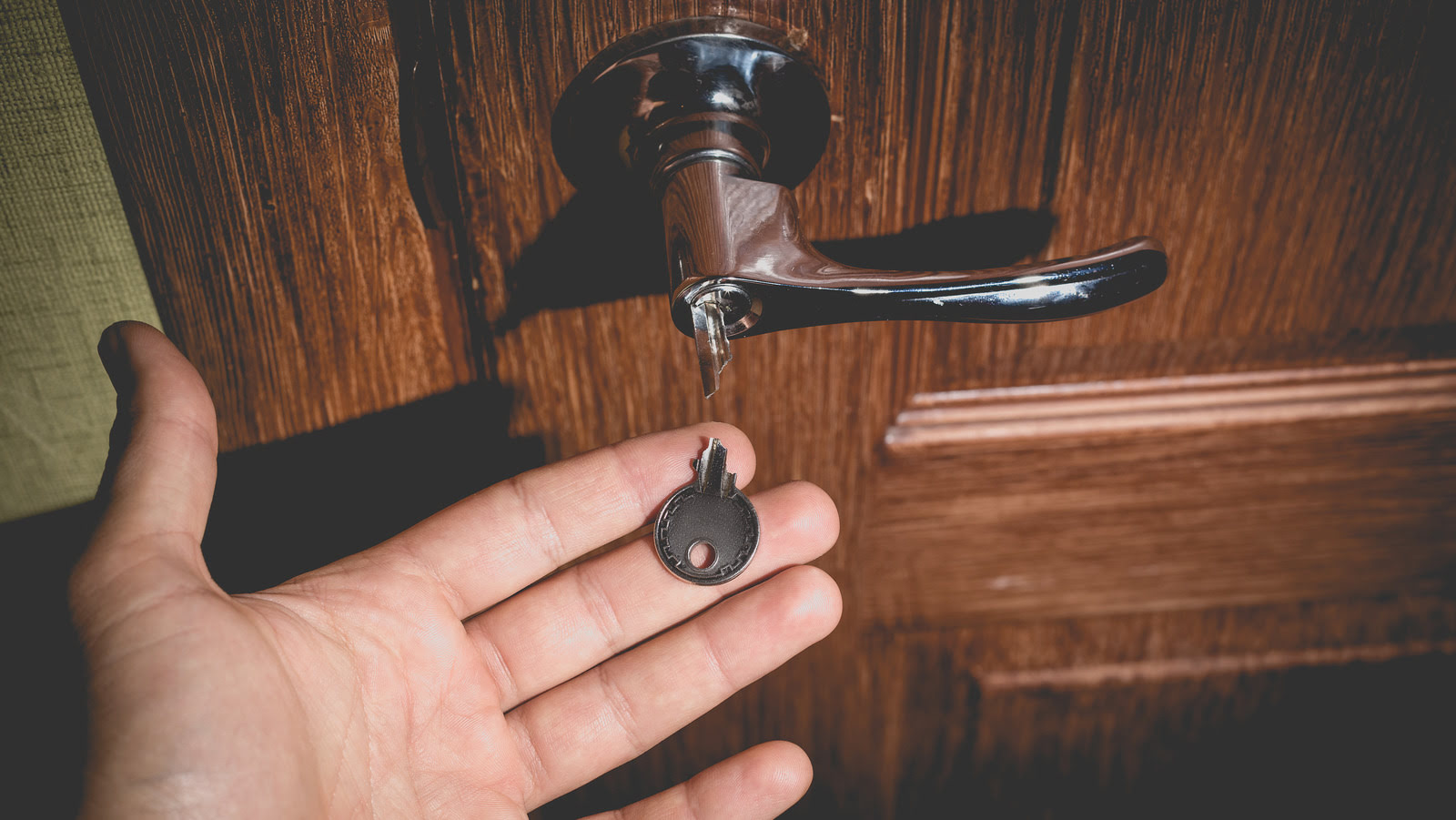

Security & Surveillance
What To Do If Key Is Stuck In Door Lock
Modified: January 5, 2024
Discover effective solutions for a stuck key in your door lock and ensure the security and surveillance of your property with our expert tips and advice. Unlock peace of mind with our practical guidance.
(Many of the links in this article redirect to a specific reviewed product. Your purchase of these products through affiliate links helps to generate commission for Storables.com, at no extra cost. Learn more)
Introduction
Discovering that your key is stuck in a door lock can be a frustrating and inconvenient experience. It’s a situation that can occur unexpectedly, leaving you feeling puzzled about the best course of action. However, there’s no need to panic. With the right approach, you can often resolve this issue without the need for professional assistance. In this comprehensive guide, we’ll explore the steps you can take to address a key that’s stuck in a door lock, providing practical solutions to help you regain access and restore peace of mind.
Whether you’re dealing with a stubborn front door lock, a jammed padlock, or a sticky deadbolt, understanding the potential causes and effective remedies is crucial. By assessing the situation, applying lubrication, and considering alternative methods, you can increase the likelihood of successfully freeing the trapped key. Additionally, we’ll discuss when it’s appropriate to seek the expertise of a locksmith and the benefits of professional intervention in more complex scenarios.
Let’s delve into the intricacies of resolving this common yet bothersome predicament, equipping you with the knowledge and confidence to tackle a key stuck in a door lock with ease.
Key Takeaways:
- Don’t panic if your key gets stuck in a door lock! Try lubricating the lock with graphite spray or powder to ease the key out. If that doesn’t work, it’s okay to call a professional locksmith for help.
- Assess the situation when your key is stuck in a door lock. Look for visible damage, try gentle jiggling, and consider environmental factors. If DIY methods don’t work, it’s smart to seek a locksmith’s expertise.
Read more: What Is Smart Key Door Lock
Assessing the Situation
When encountering a key stuck in a door lock, the initial step is to assess the nature of the obstruction. Begin by examining the key itself, checking for any visible damage or deformities. If the key appears to be intact and undamaged, focus on the condition of the lock. Inspect the keyway and surrounding components for signs of debris, rust, or other obstructions that may be impeding the key’s movement.
Next, gently attempt to jiggle and maneuver the key within the lock. Pay attention to any resistance or unusual sensations, as these observations can provide valuable insight into the underlying issue. If the key is only partially inserted, avoid forcing it further, as this could exacerbate the problem and potentially lead to breakage.
It’s essential to consider external factors that may have contributed to the key becoming stuck. Environmental elements such as extreme temperatures, humidity, or exposure to moisture can impact the functionality of both the key and the lock. Additionally, if the door or lock has experienced physical trauma or impact, this could have a bearing on the current predicament.
By thoroughly evaluating the condition of the key, the lock, and the surrounding environment, you can gain a clearer understanding of the factors at play. This assessment sets the stage for implementing targeted solutions, tailored to the specific circumstances contributing to the key being stuck in the door lock.
Lubricating the Lock
One of the most common reasons for a key getting stuck in a door lock is the lack of proper lubrication. Over time, the internal components of a lock can accumulate dirt, dust, and grime, leading to increased friction and resistance when inserting or turning the key. To address this issue, applying a suitable lubricant can often restore the smooth operation of the lock and facilitate the removal of the stuck key.
Before proceeding, it’s important to select the appropriate lubricant for the lock. Graphite-based lubricants are highly effective for door locks, as they offer superior lubrication and long-lasting protection against friction. Avoid using oil-based or silicone-based lubricants, as these can attract more dirt and debris, exacerbating the problem in the long run.
To lubricate the lock, begin by inserting the nozzle of the graphite spray into the keyway, ensuring that the straw attachment is securely fitted. With a steady hand, administer a short burst of graphite spray into the keyway, directing the lubricant towards the internal components of the lock. Exercise caution to avoid over-spraying, as excess graphite can lead to messy residue and potential staining.
After applying the graphite lubricant, gently insert and remove the key several times, allowing the lubricant to distribute evenly throughout the lock’s mechanism. The repeated motion helps to disperse the graphite and mitigate any existing friction that may be causing the key to stick. As the lubricant takes effect, you may notice a gradual improvement in the key’s maneuverability within the lock.
By effectively lubricating the lock with graphite spray, you can often alleviate the underlying friction that’s causing the key to become stuck. This simple yet powerful solution can restore the functionality of the lock and enable the smooth extraction of the previously trapped key.
If your key is stuck in a door lock, try using some lubricant like WD-40 to loosen it. Gently jiggle the key while pulling it out. If that doesn’t work, call a locksmith for help.
Using Graphite Powder
When confronted with a key that’s stuck in a door lock, utilizing graphite powder can serve as an effective remedy to address the underlying friction and binding within the lock’s mechanism. Graphite powder, renowned for its exceptional lubricating properties, can significantly reduce the resistance that impedes the smooth insertion and extraction of the key.
To begin, carefully remove the stuck key from the lock, taking care to avoid excessive force that could potentially lead to breakage. Once the key is removed, assess its condition and inspect the keyway for any visible debris or obstructions. If the key exhibits signs of wear or damage, consider replacing it to prevent future instances of sticking within the lock.
With the key removed, it’s time to apply the graphite powder to the lock. Using a graphite squeeze tube or a specialized applicator, dispense a small amount of graphite powder directly into the keyway. Ensure that the powder is distributed evenly, reaching the internal components of the lock to provide optimal lubrication.
After applying the graphite powder, insert and remove the key several times to facilitate the distribution of the lubricant throughout the lock’s mechanism. This repetitive action helps to disperse the graphite powder and alleviate the friction that may be causing the key to stick. As the graphite powder takes effect, you may notice a gradual improvement in the key’s maneuverability within the lock.
It’s important to exercise patience and moderation when applying graphite powder, as excessive use can lead to messy residue and potential staining. By following this methodical approach, you can harness the lubricating prowess of graphite powder to address the root cause of the key becoming stuck in the door lock, ultimately restoring the smooth functionality of the lock and key interaction.
Applying Heat
When faced with a key stuck in a door lock, the application of heat can serve as a strategic approach to alleviate the underlying factors contributing to the obstruction. Heat can help expand and loosen the internal components of the lock, potentially easing the extraction of the stuck key. However, it’s important to exercise caution and employ this method judiciously to avoid causing damage to the lock or surrounding materials.
To begin, procure a hairdryer or a heat gun with adjustable temperature settings. Set the heat source to a moderate or low setting to avoid excessive heat that could compromise the integrity of the lock or inadvertently cause injury. Hold the heat source several inches away from the lock, directing the warm airflow towards the keyway and surrounding areas of the lock mechanism.
Allow the heat to permeate the lock for a brief duration, periodically checking the temperature to ensure that it remains within a safe range. The application of heat should be conducted with patience and attentiveness, avoiding prolonged exposure that could lead to overheating. As the lock absorbs the gentle warmth, the internal components may expand slightly, potentially easing the friction that’s impeding the key’s movement.
Following the application of heat, attempt to insert and turn the key, assessing whether the added warmth has facilitated the release of the stuck key. Exercise caution and refrain from applying excessive force, as this could exacerbate the situation. If the key remains lodged in the lock, refrain from further attempts and consider alternative solutions to avoid potential damage.
It’s important to note that the application of heat should be approached with discretion, particularly when dealing with locks situated in proximity to flammable materials or sensitive surfaces. Additionally, if the lock contains any plastic components, it’s crucial to avoid subjecting them to direct heat, as this could lead to deformation or damage.
By judiciously applying heat to the door lock, you can potentially leverage the expansive properties of heat to mitigate the resistance causing the key to become stuck. This method, when executed with care and prudence, can offer a viable approach to resolving the predicament of a stuck key in a door lock.
Read more: What Is A Smart Key Door Lock
Seeking Professional Help
In some instances, despite diligent attempts to address a key stuck in a door lock using DIY methods, the situation may persist, indicating a more complex underlying issue. When confronted with persistent challenges in freeing the stuck key, or if the lock exhibits signs of significant wear, damage, or malfunction, seeking the expertise of a professional locksmith is a prudent course of action.
A qualified locksmith possesses the specialized knowledge, tools, and experience to assess and resolve a diverse range of lock-related issues. By enlisting the services of a locksmith, you can benefit from their comprehensive understanding of lock mechanisms, enabling them to diagnose the root cause of the sticking key and implement targeted solutions with precision.
When engaging a locksmith, communicate the specifics of the situation, detailing the efforts you’ve made to address the stuck key. Providing this information can offer valuable insights to the locksmith, informing their approach and guiding their assessment of the lock and key interaction.
Upon arrival, the locksmith will conduct a thorough evaluation of the lock, carefully inspecting its components and identifying any underlying issues contributing to the key becoming stuck. Leveraging their expertise, the locksmith will employ specialized tools and techniques to dislodge the stuck key and restore the functionality of the lock.
In cases where the lock exhibits extensive wear, corrosion, or damage, the locksmith may recommend repair or replacement of the affected components to ensure the long-term reliability and security of the lock. By heeding the guidance of a professional locksmith, you can make informed decisions regarding the maintenance and upkeep of your door locks, promoting optimal security and peace of mind.
It’s important to recognize the value of professional intervention when confronting persistent challenges with a stuck key in a door lock. By entrusting the expertise of a skilled locksmith, you can navigate complex lock-related issues with confidence, knowing that your security and access requirements are in capable hands.
Frequently Asked Questions about What To Do If Key Is Stuck In Door Lock
Was this page helpful?
At Storables.com, we guarantee accurate and reliable information. Our content, validated by Expert Board Contributors, is crafted following stringent Editorial Policies. We're committed to providing you with well-researched, expert-backed insights for all your informational needs.
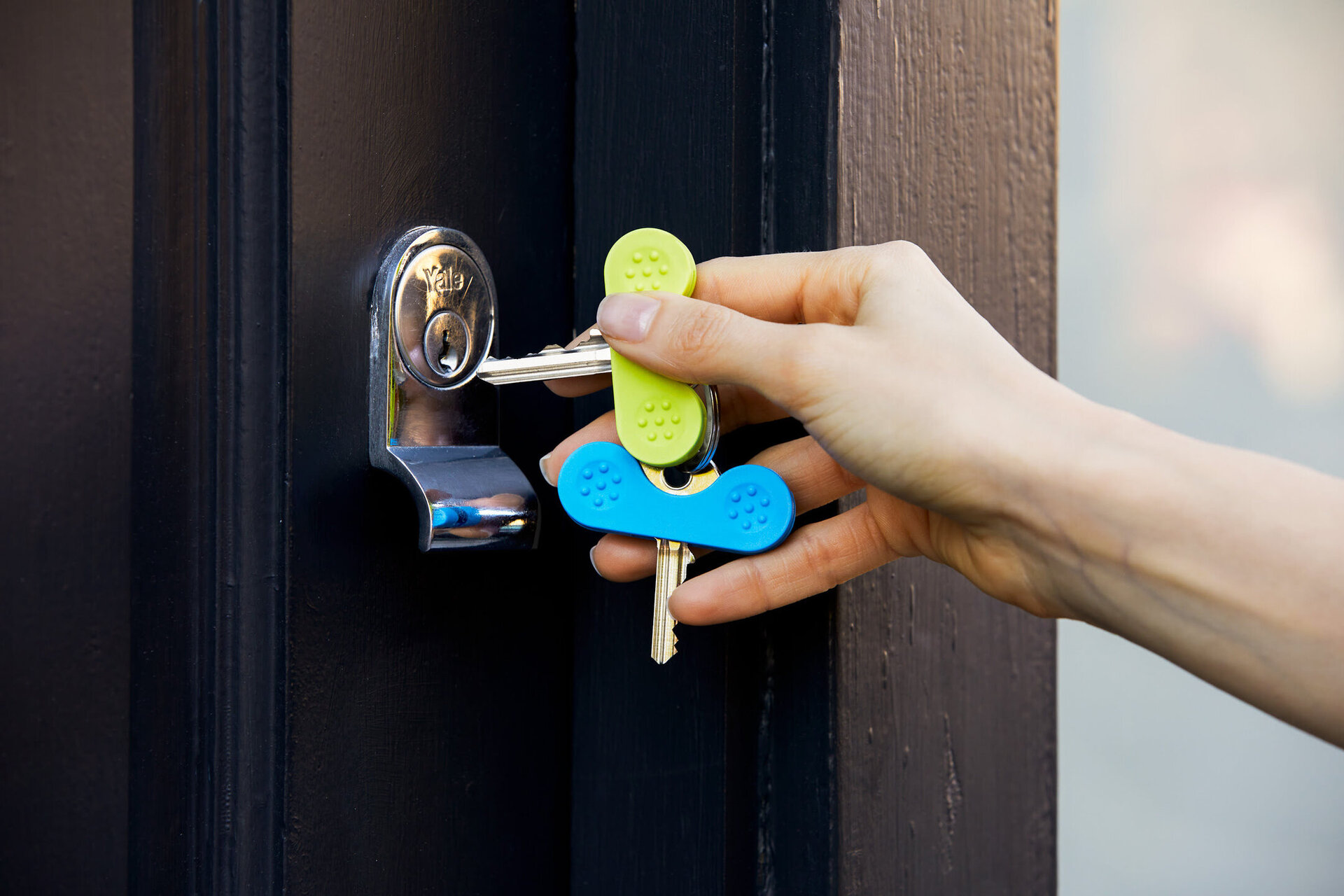
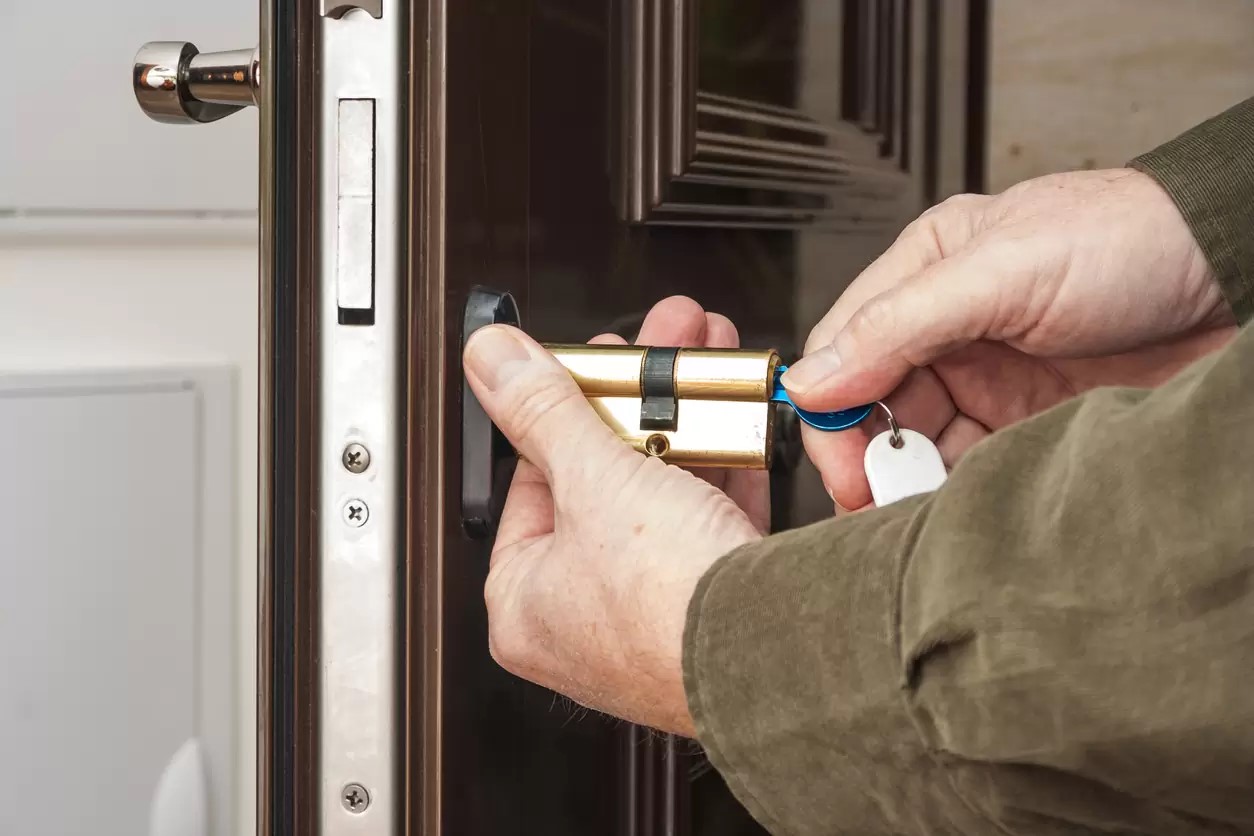
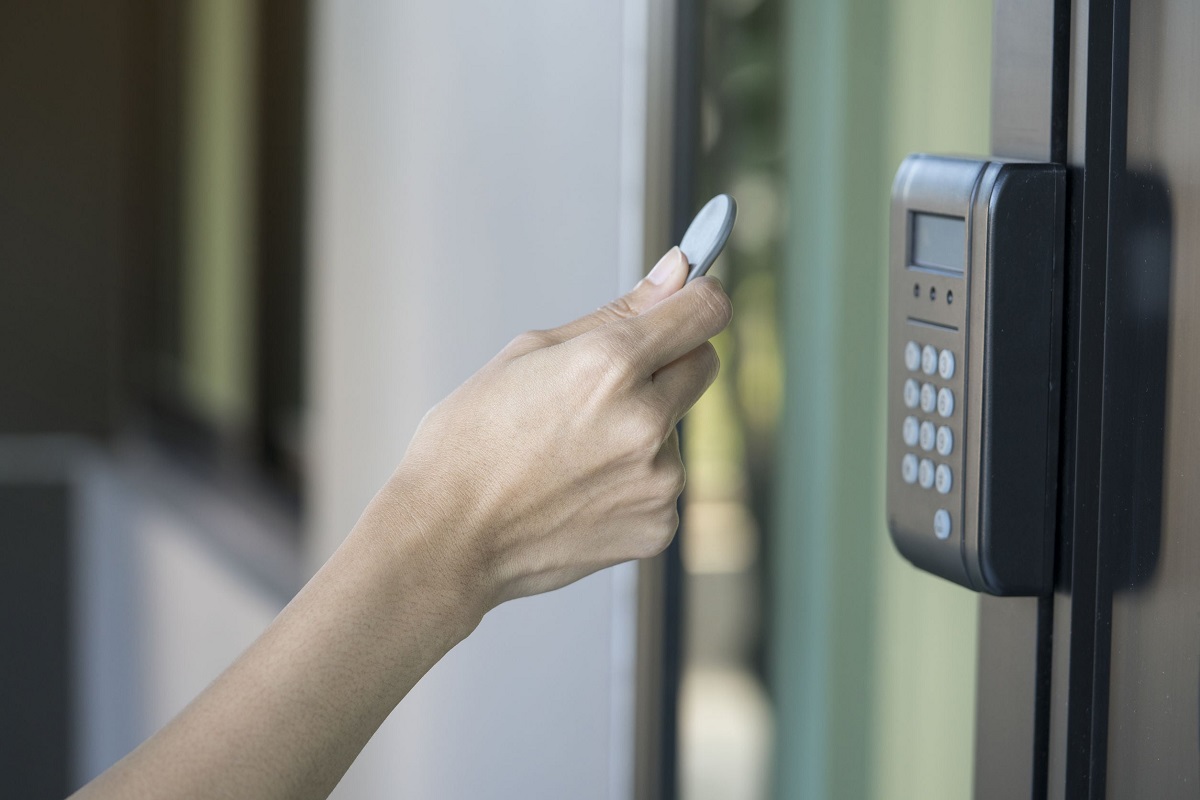
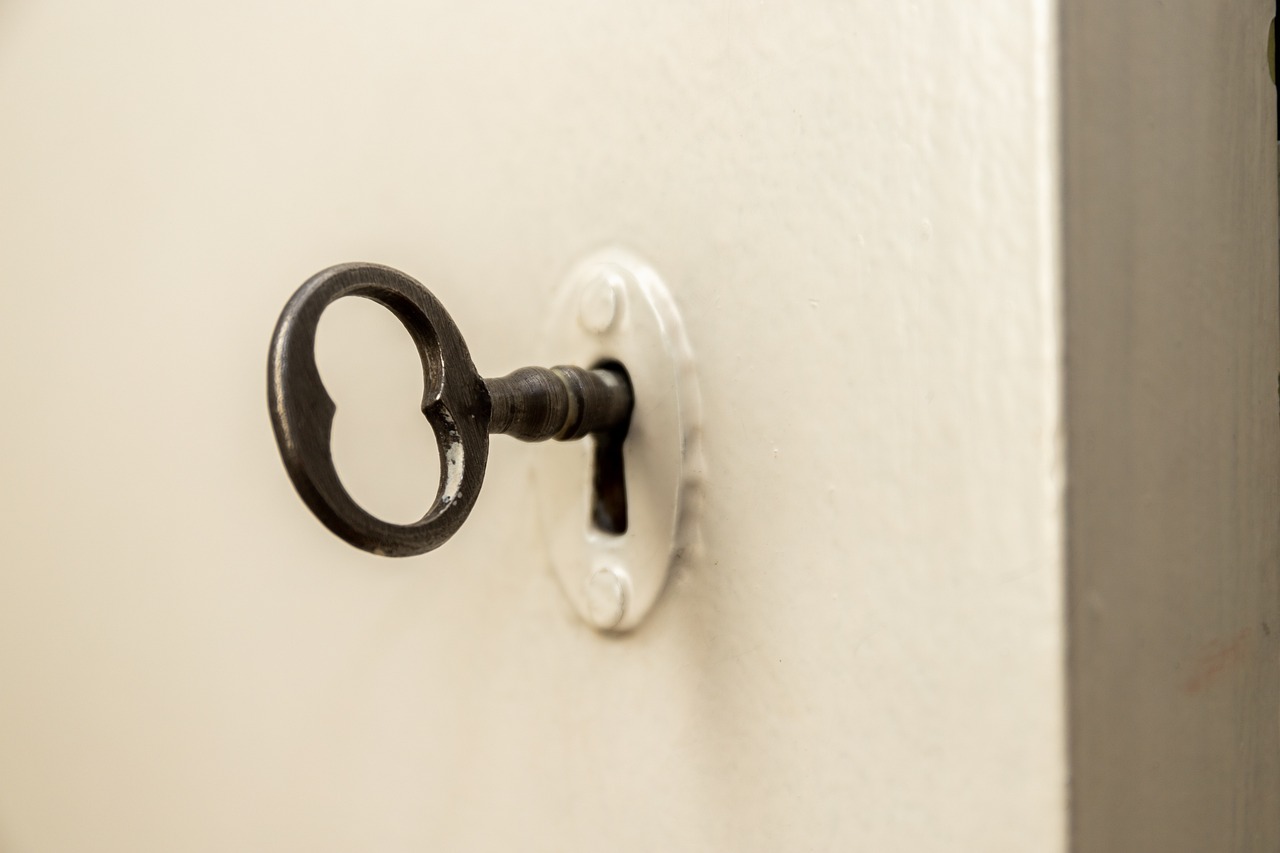
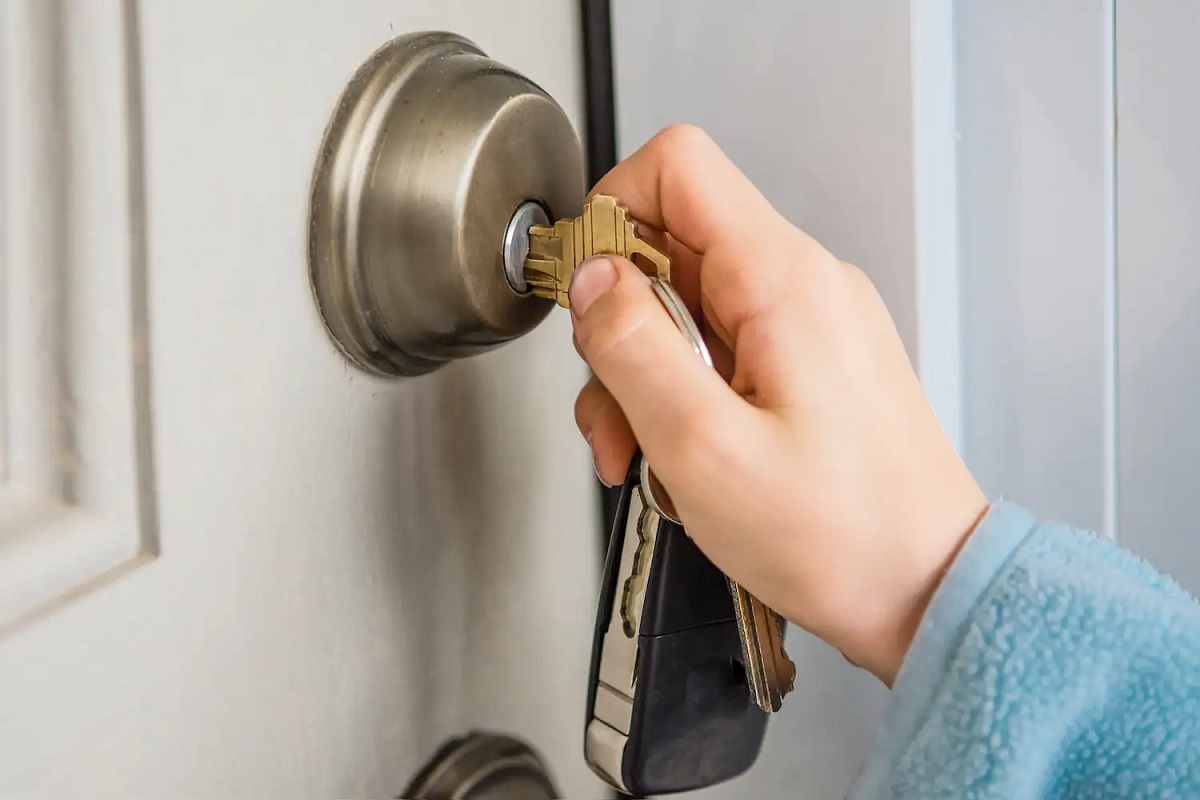
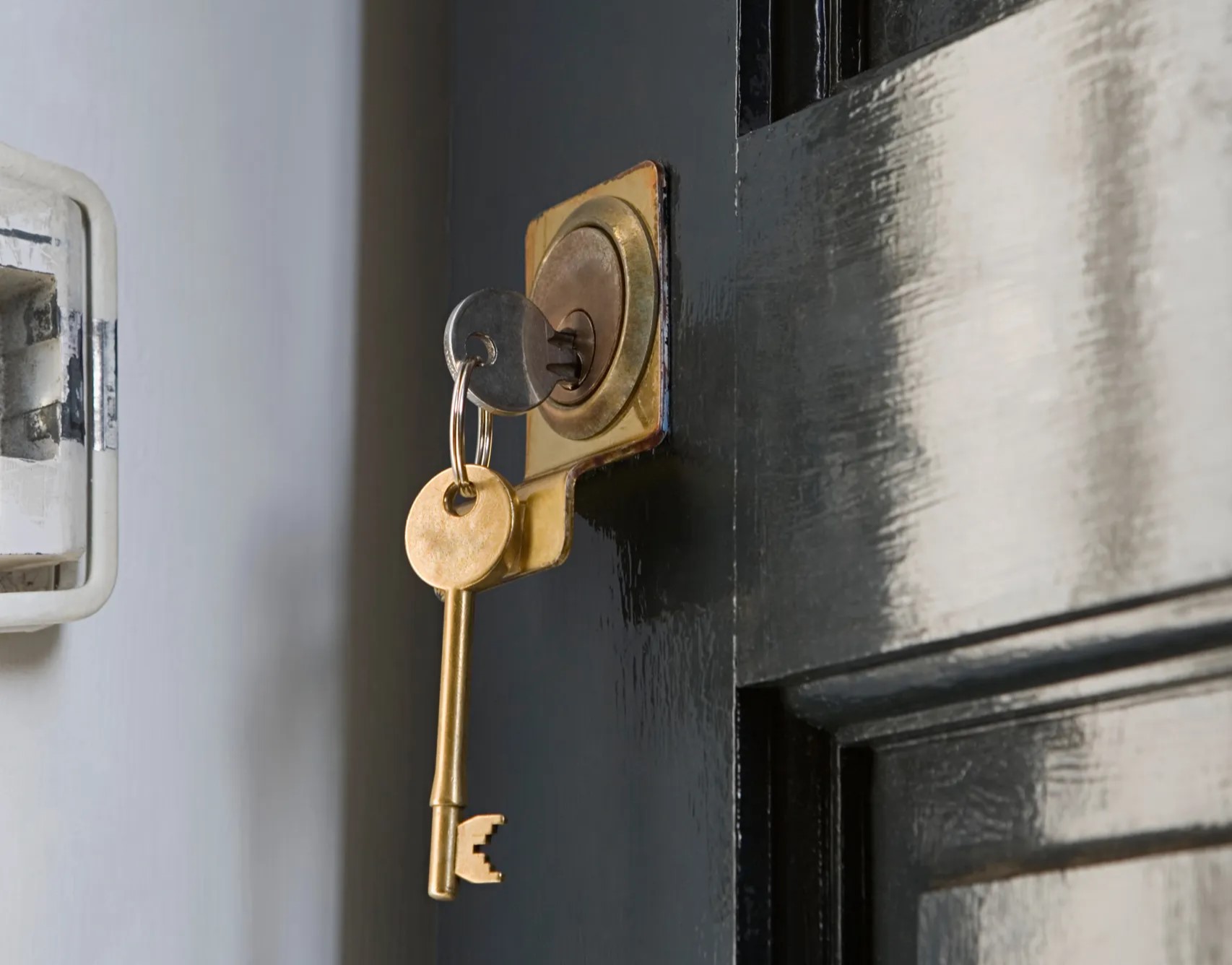
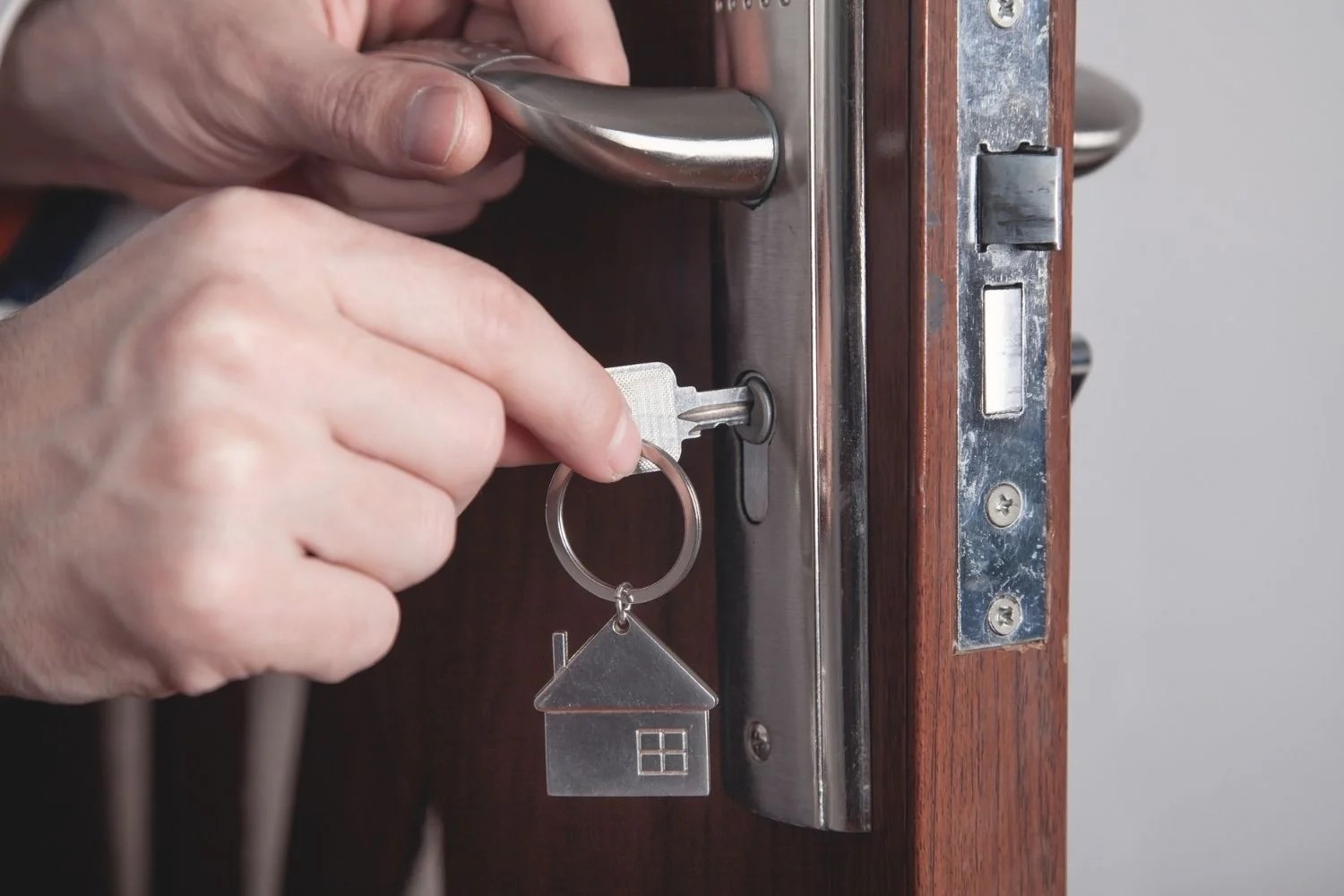
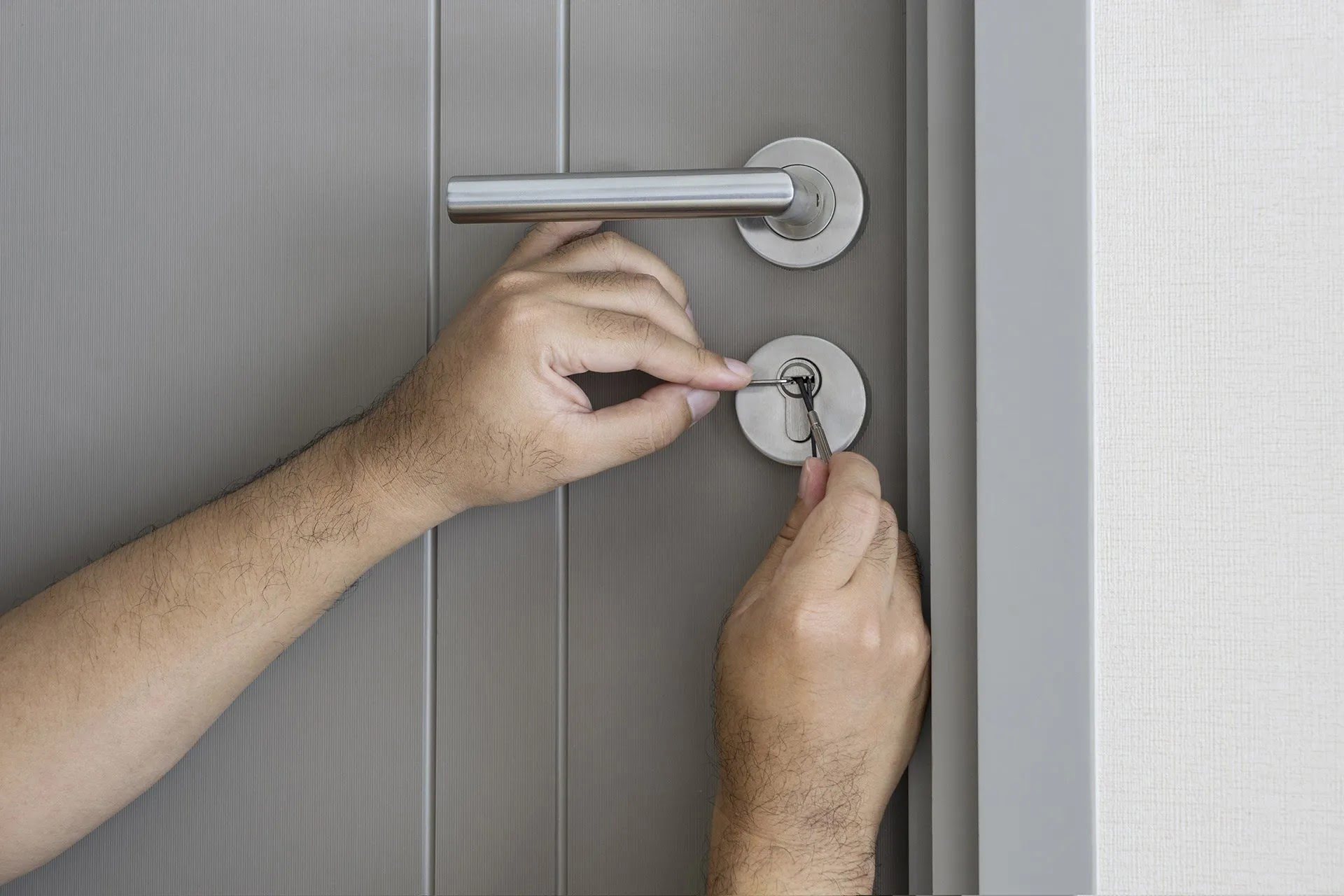
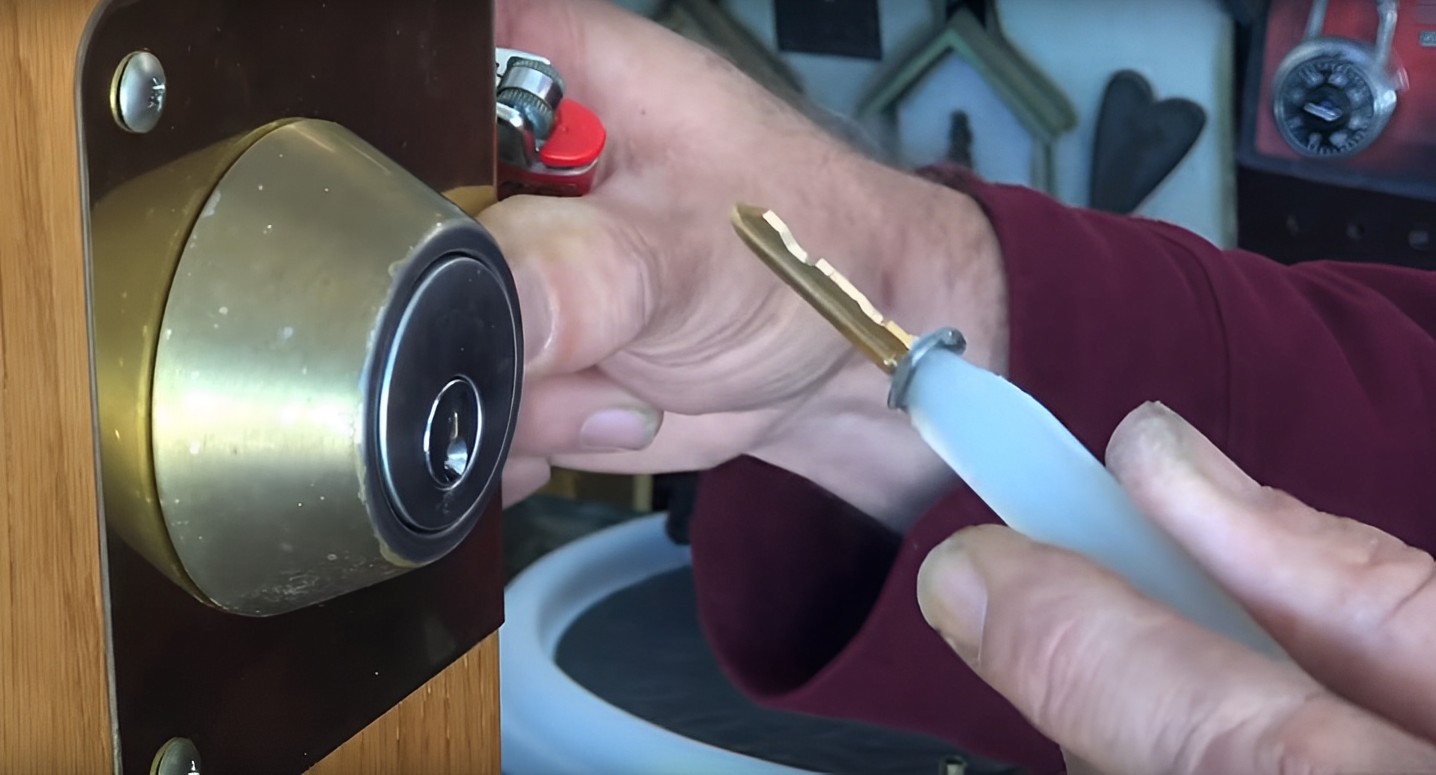
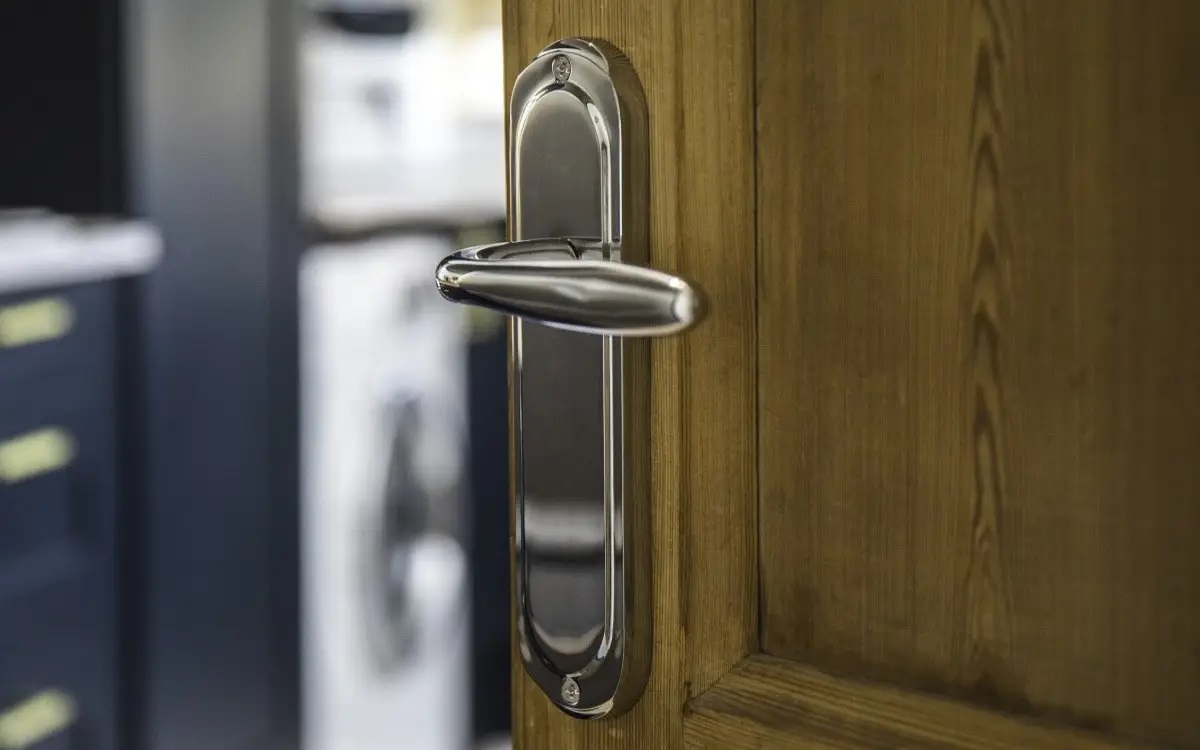
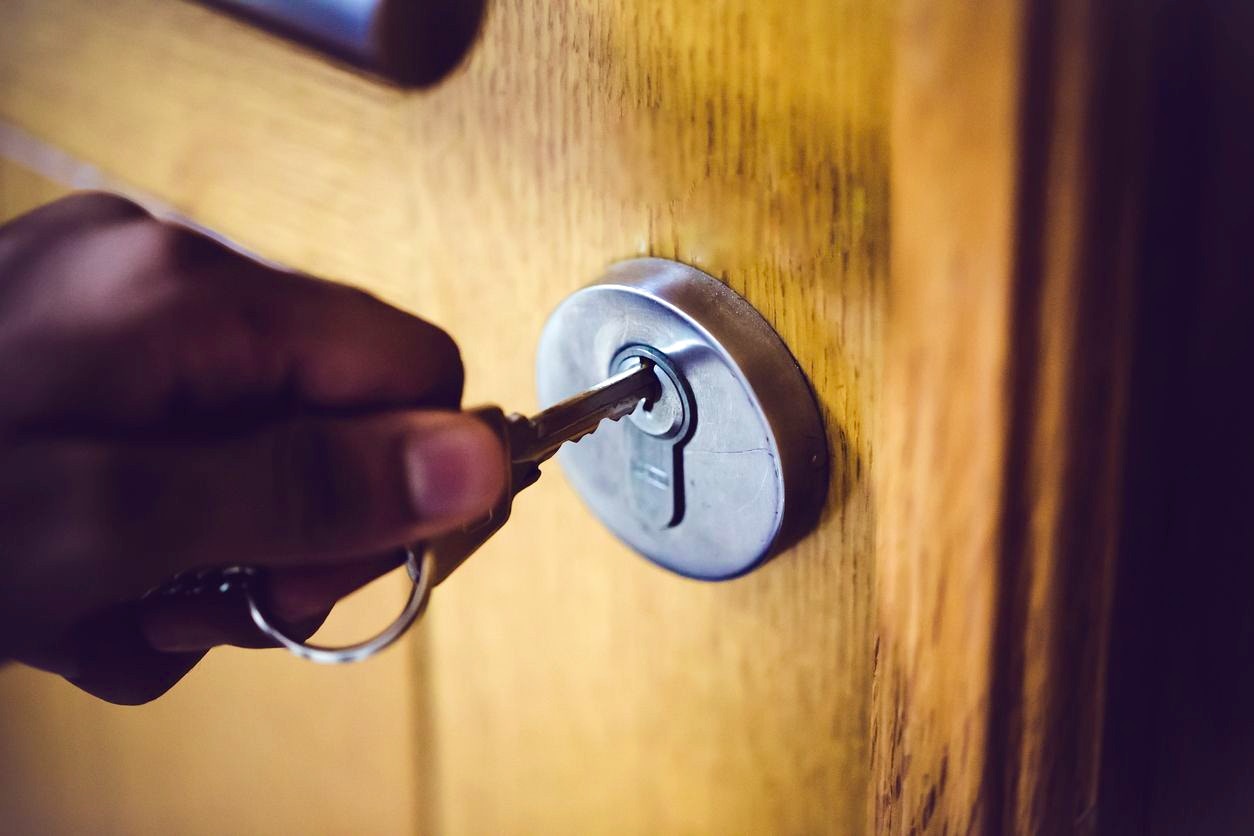
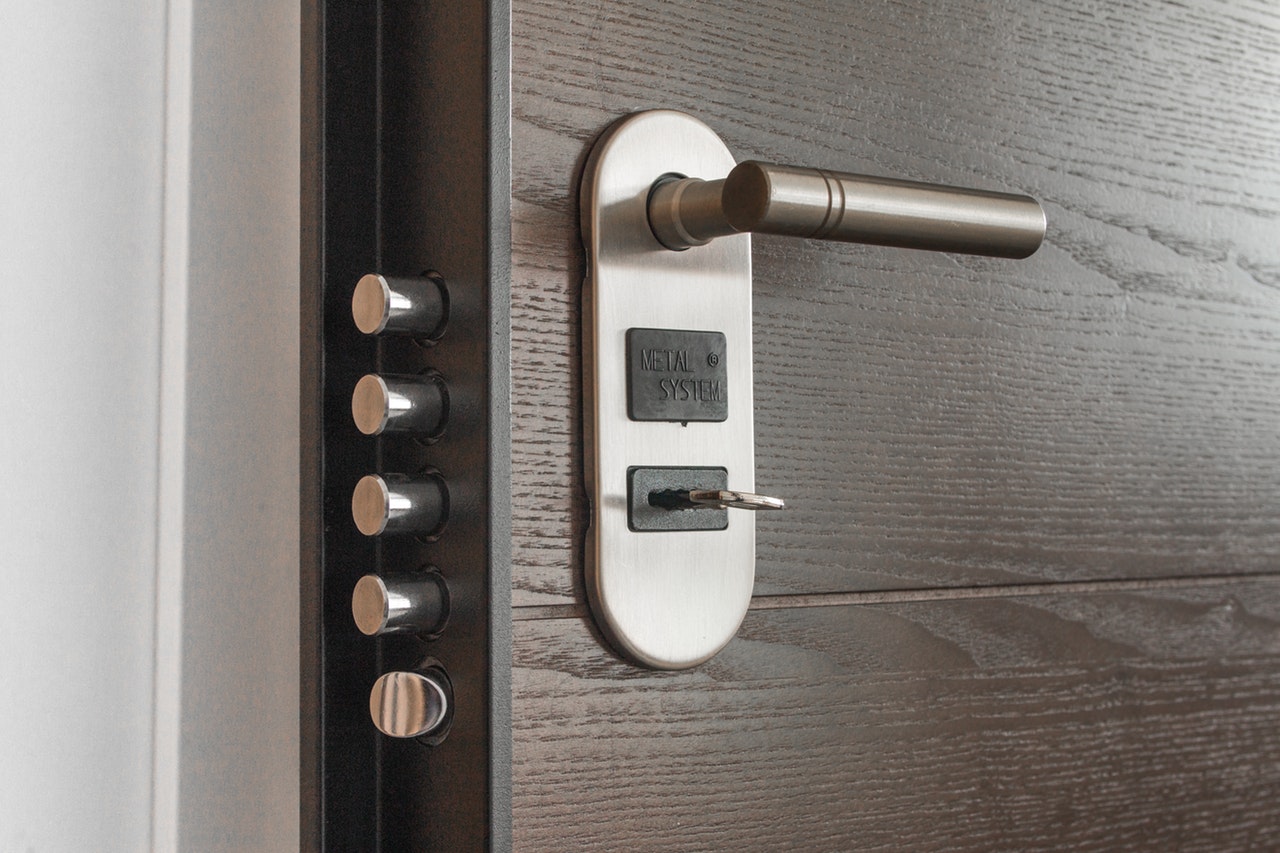

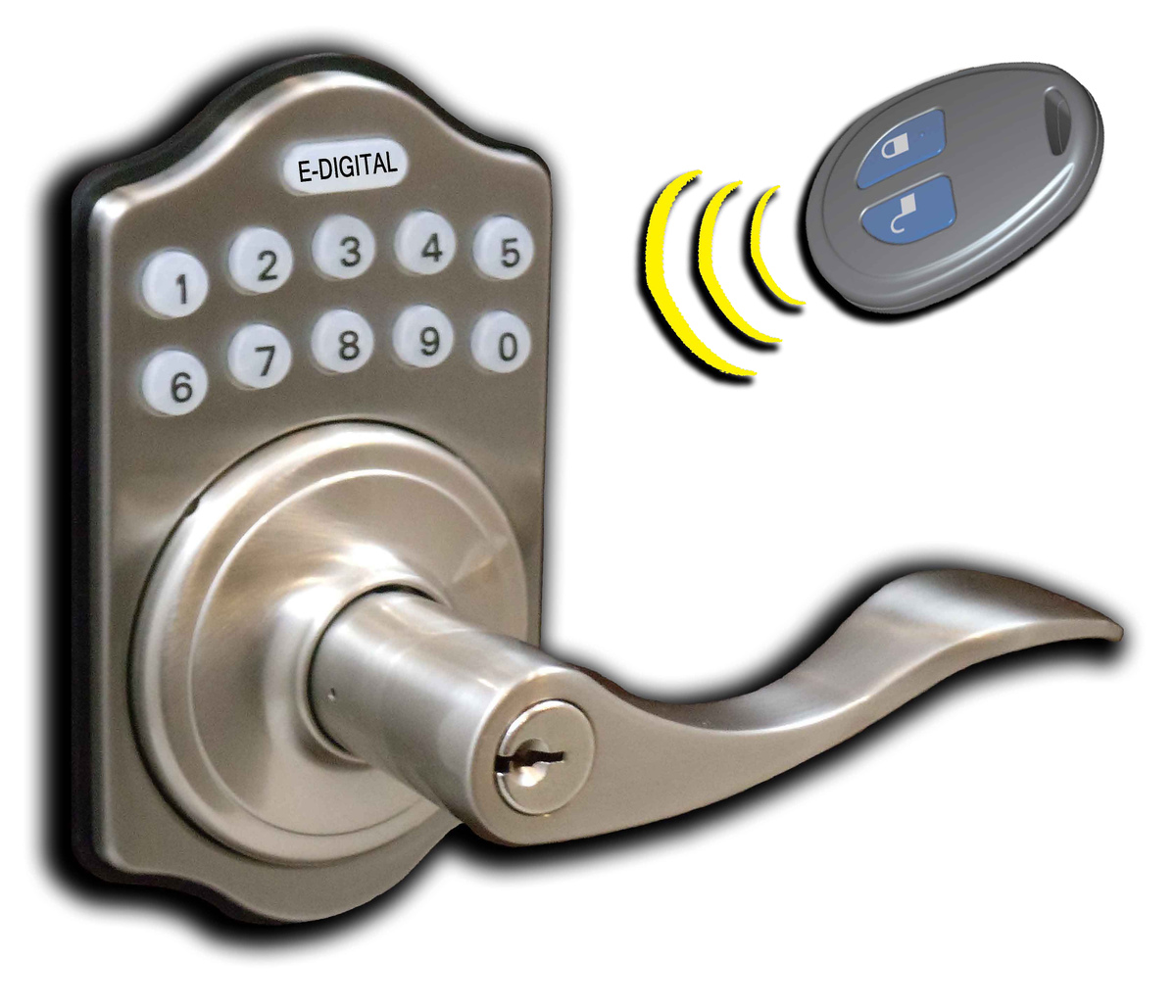

0 thoughts on “What To Do If Key Is Stuck In Door Lock”